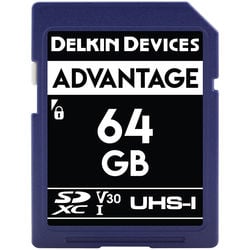With the Red Dragon sensor being the best cmos sensor to have been built (According to DXOmark, are we going to start seeing more cinema designed sensors in our and Mirrorless cameras?
2013 Was A Bad Year For Photography
If we look at where Canon is going with it’s designs it’s all mostly a video hybrid camera. For example the 70D. Dual pixel autofocus, and attention to on sensor focusing is where everything seems to be going.
With less money coming in for still cameras, less money will be spent on R&D to make them better, what will happen? I think we’ll end up with video chips in our still cameras. It’s already happening and is the opposite of what it was 7 years ago.
Remember when the Red first launched. It design was based off using a stills camera CMOS sensor to produce video. Kind of revolutionary. Now it’s the opposite, With Canon’s 70D, it’s a sensor designed to shoot video, that also takes stills. Or even look at that Panasonic is doing. They are basically making video cameras in DSLR bodies.
What Will We Lose As Photographers?
What we’ll end up losing as Photographers is likely only Megapixels. Since anything above 4k is almost useless for video. (4k is even useless if you ask me). Video sensors just don’t need the same megapixel count as photography sensors. I think we’ll continue to see cameras in the range of 18-24 MP for the years to come, with a few high MP cameras here and there for photographers. Although sensor manufacturers can make sensors with more megapixels we’ll likely see those dedicated to phase shift detection autofocus like in the Canon 70D, where half the pixels are dedicated to focus on that 20.2MP sensor. Mean the sensor actually is something more like a 40MP design.
I guess it doesn’t really matter in the end. If I could get the Red Dragon sensor in my mirrorless camera with 15.5+ stops of dynamic range. I think we’d all be happy, even if it’s only 19 megapixels. And it’s still cheaper than a medium format system.
An Oldy From the 5Dmkii – Rice Fields of Bali
A shot from the camera that started the video dslr revolution. Still a great camera and really no reason to upgrade for this type of work. I did just because I wanted 36 megapixels since I do sell large prints.
| **This website contains affiliate links. We will earn a small commission on purchases made through these links. Some of the links used in these articles will direct you to Amazon. As an Amazon Associate, I earn from qualifying purchases. |




